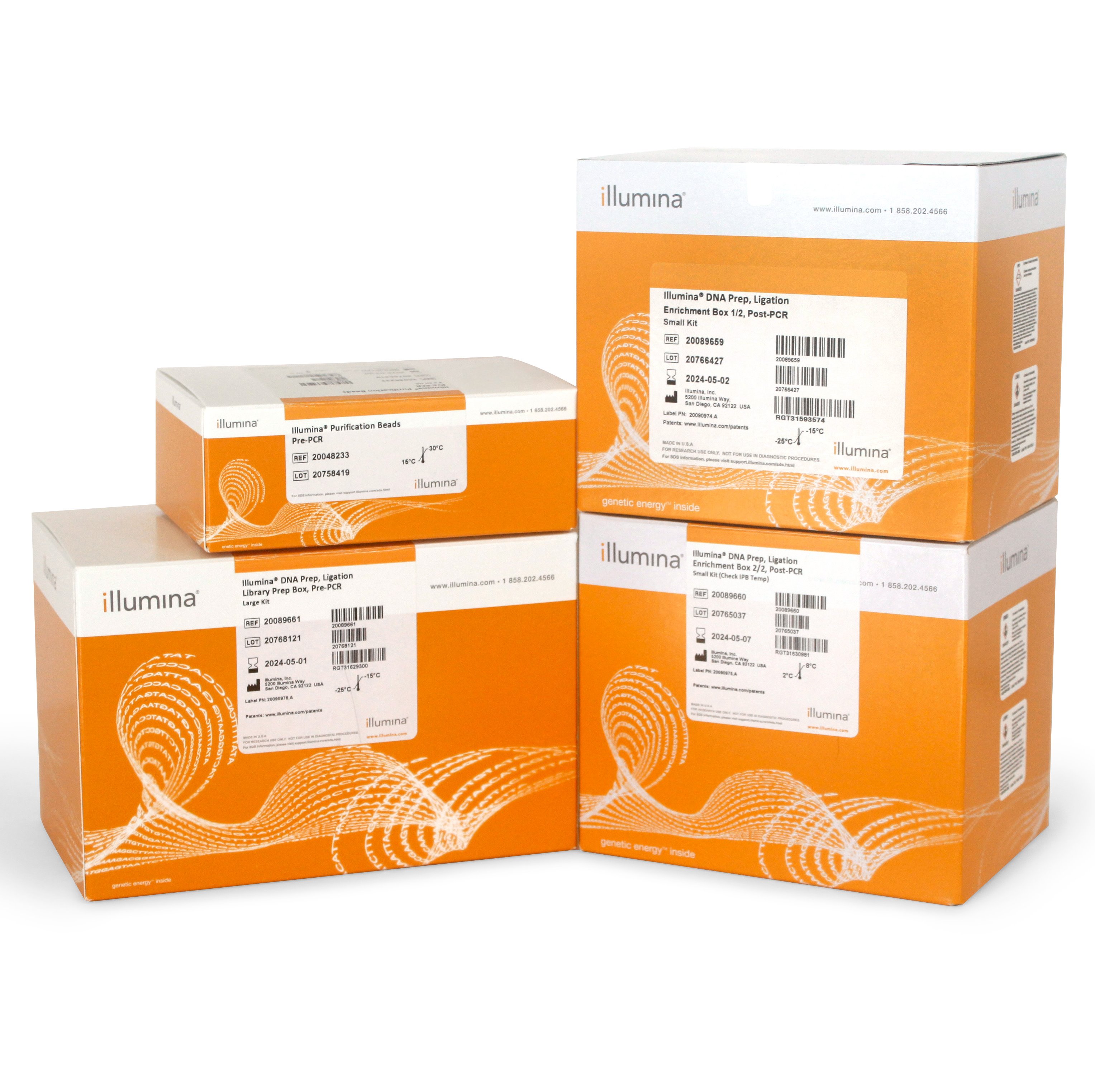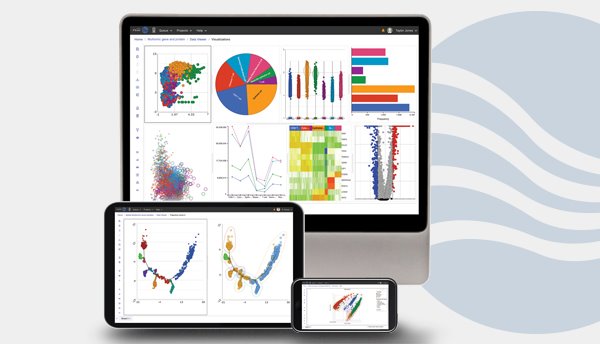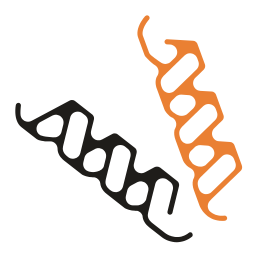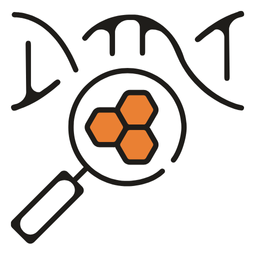March 2025
Powerful, intuitive, scalable multiomics analysis
Illumina Connected Multiomics (ICM), the newest addition to the Illumina Connected Software portfolio, is designed to streamline data integration, visualization, and interpretation. ICM enables integration of layers of omic data, providing a multidimensional view of cellular function, allowing for simultaneous investigation of the data. It empowers researchers to overcome challenges related to data complexity, scalability, and storage.







Did you know?
Give me details
Are you dreaming of a user-friendly NGS data analysis tool that doesn’t require advanced bioinformatic skills?

Partek™ Flow™ is a comprehensive start-to-finish bioinformatics data analysis solution for next-generation sequencing applications. Across a wide range of data and application types, it provides a user-friendly experience, allowing all researchers to analyze data and take on their analysis journey at their own pace and skill level.
Depending on your experimental setup, you may want to choose a “reading” vs. “counting” application. Do you know how they differ?

For novice users of next-generation sequencing, the jargon can be confusing. Robert Yamulla provides a simple explanation of the difference between reading and counting applications and use cases for which one is more suitable than the other.
Innovations to enable multiomics
1
Dual insights. One easy assay. Illumina 5-base solution for methylation and variant detection
Dual insights. One easy assay. Illumina 5-base solution for methylation and variant detection
Introducing a revolutionary solution to measure DNA methylation and genetic variation together, with exceptional accuracy, simplicity, and scale. Novel base conversion chemistry and powerful algorithms enable simultaneous genomic and epigenomic discovery in a single readout.
Illumina unveils spatial transcriptomics technology
Planned for commercial release in 2026, Illumina spatial technology will be a unique end-to-end spatial transcriptomics solution for use with Illumina high-throughput sequencing systems. This solution will allow researchers to examine the spatial proximity of millions of cells per experiment, enabled by a capture area nine times larger than existing technologies, and with four times greater resolution.
Multiomics in action
Publication highlights from the research community
Proteomics
Multiomics
Single-cell
Plasma proteome variation and its genetic determinants in children and adolescents
Published by Matthias Mann’s group, this study is one of the most comprehensive pQTL analyses in pediatric populations to date. Using a mass spec (MS)-based approach in plasma from over 2,100 children, the results showed 1,216 proteins, with one-third regulated by genetic variation, highlighting the persistence of these genetic effects into adulthood and underscoring the potential of protein QTLs. Furthermore, the study demonstrates the complementarity of MS-based and affinity-based proteomics methods to refine our understanding of protein variation and its genetic determinants.
Learn more about the NGS-based Illumina Protein Prep solution

Proteomics
Multiomics
Single-cell
Active repression of cell fate plasticity by PROX1 safeguards hepatocyte identity and prevents liver tumorigenesis
In this study, the authors investigate the role of the transcription factor PROX1 in maintaining hepatocyte identity and preventing liver cancer. The research employs multiomic strategies, including transcriptomic (bulk and single-cell), epigenomic (ATAC-seq) and proteomic (mass spectrometry) analyses, to investigate the role of safeguard repressors in regulating cell fate and plasticity across 18 cell types. The findings suggest that PROX1 actively suppresses cell fate plasticity to maintain lineage identity and prevent disease.
Visit our Multiomics content hub for additional resources

Proteomics
Multiomics
Single-cell
Multiomic profiling of T cell lymphoma after therapy with anti-BCMA CAR T cells and GPRC5D-directed bispecific antibody
Using a multiomic approach, research groups in Leipzig and Cologne highlight the evolution of a CAR-carrying peripheral T cell lymphoma following CAR T cell and bispecific T cell engager therapy. Despite their success, CAR T therapies come with notable risks, including the potential for developing secondary malignancies following therapy. Through spatially resolved multiomic single-cell dissection, the authors reveal critical insights that can arise as post-CAR T complications.
Learn more about Illumina Single Cell 3’ RNA Prep
